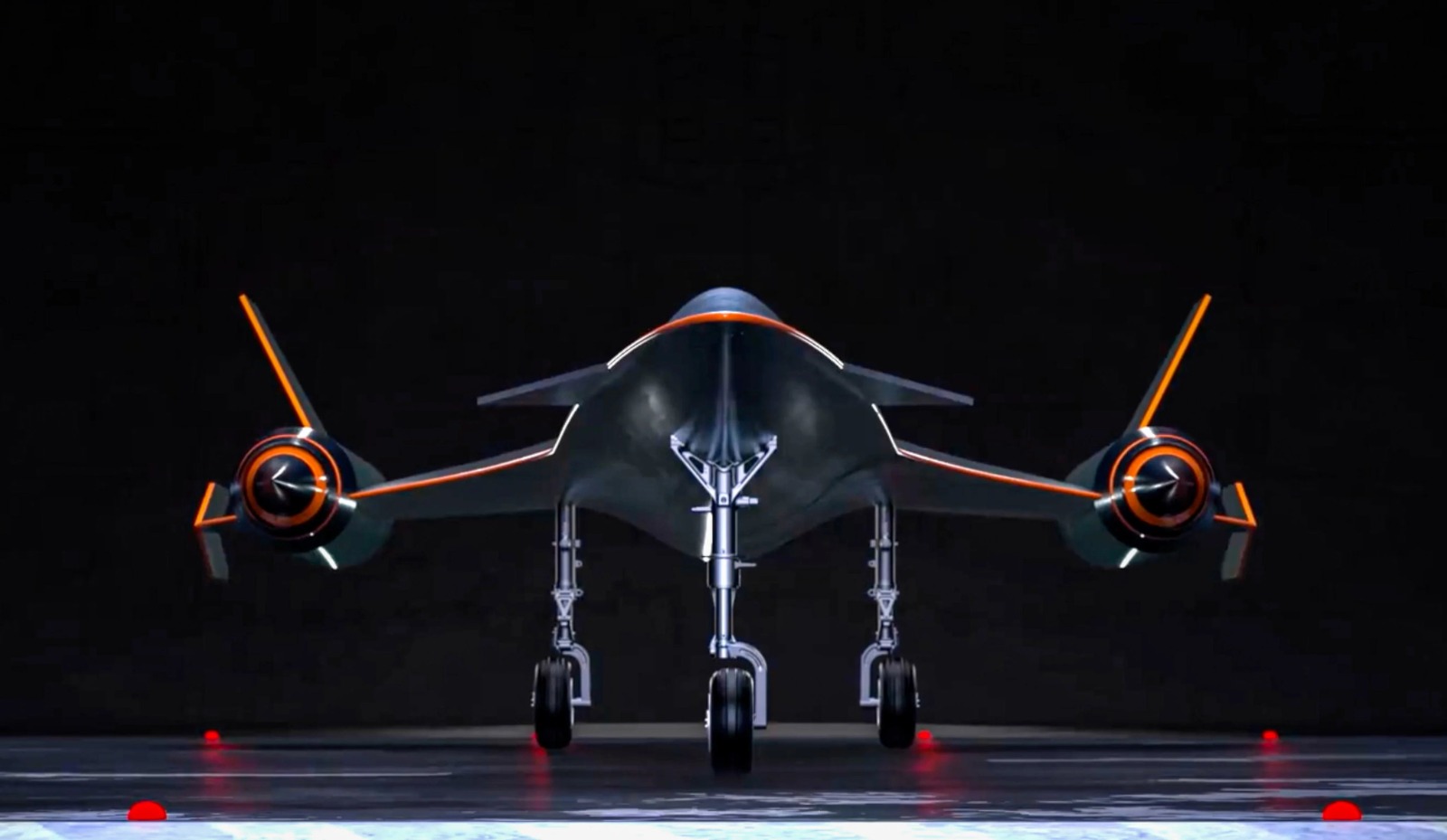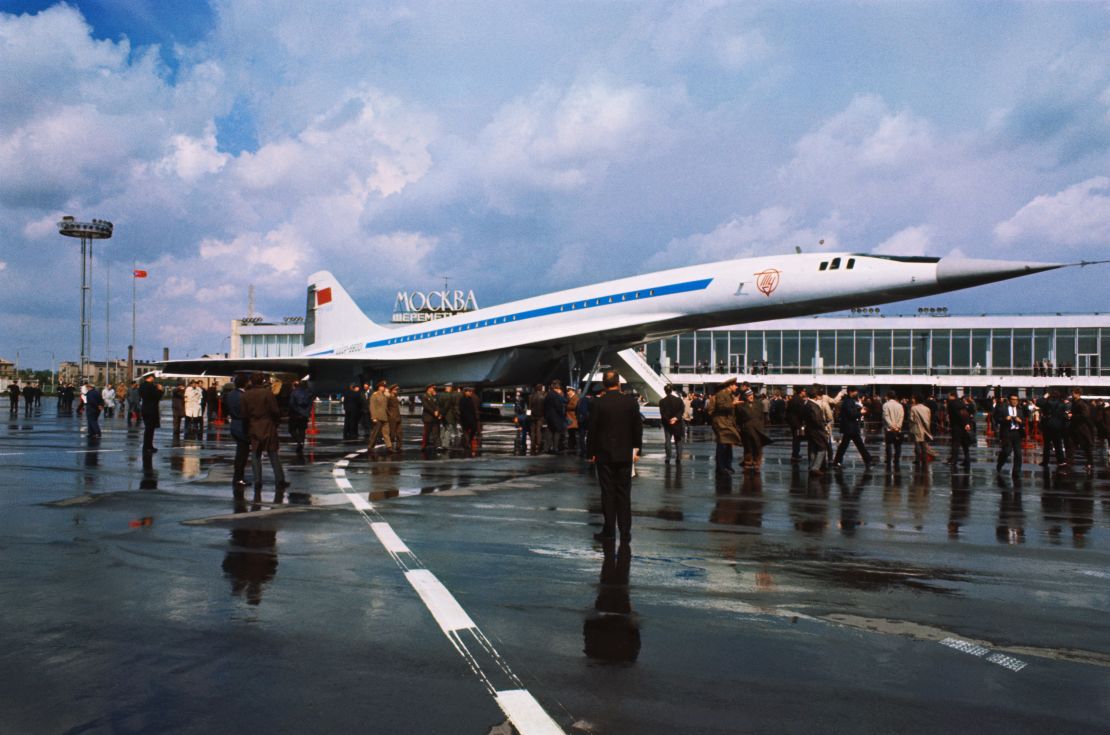Two decades after the iconic Concorde was retired, a Chinese aircraft designed to travel twice as fast as the Anglo-French plane has successfully completed its test flight.
The Beijing-based company Space Transportation announced on October 27 that its Yunxing prototype, capable of reaching speeds of Mach 4—twice the speed of the Anglo-French Concorde—completed a successful test flight on October 26, according to Chinese media.
The company said that Yunxing’s advanced aerospace design is tailored for high-speed, efficient travel. Designed for vertical take-off and landing, the jet aims to reach altitudes exceeding 20,000 meters (65,600 feet).
The company claimed that the capability would allow passengers to travel from Beijing to New York in just two hours, significantly reducing transcontinental travel times.
Company officials further revealed that they plan to test the jet’s engine technology in November. These assessments are critical steps toward achieving the 2027 goal of a full-scale, commercially viable supersonic passenger jet.
Founded in 2018 in Sichuan province, Space Transportation has expanded rapidly, establishing R&D and manufacturing centers across Beijing, Xi’an, and Anhui provinces. The company also maintains a test facility in Korla, Xinjiang.
With a focus on hypersonic technology, it has developed a broad range of services and products, including suborbital space tourism vehicles and hypersonic flight platforms for global transportation.

Moreover, Space Transportation has worked closely with China’s military, research institutes, and universities, pushing the boundaries of hypersonic and supersonic technologies.
On October 26, the Yunxing underwent rigorous tests on key components, including aerodynamics, thermal protection, and control systems.
Space Transportation highlights the aircraft’s high lift-to-drag ratio, which enables it to maintain efficient performance as it ascends into lower-density altitudes. This would not only make flights faster but also more economical and comfortable.
Space Transportation envisions a future where supersonic jets like the Yunxing are used in global commercial flights and accessible space tourism. If successful, the Yunxing project could pave the way for a new era of commercial aviation, combining revolutionary speed with a broader range of passenger services.
The Rise & Fall Of Supersonic Travel
While today’s aviation industry is bustling with companies racing to develop the next generation of supersonic commercial aircraft, it is essential to remember that supersonic travel was not merely a dream but a reality in the twentieth century.
The Anglo-French Concorde epitomized this golden era of aviation. It was co-developed by British Aircraft Corporation (BAC), a predecessor of BAE Systems, and Aerospatiale, now part of Airbus. As the last civilian supersonic jet, the Concorde left an indelible mark on aviation history.
The Concorde entered service in 1976 and operated until its retirement in 2003. It cruised at twice the speed of sound, had four turbojet engines, and could perform horizontal take-offs and landings while soaring to altitudes of 60,000 feet (about 18,300 meters).
British Airways operated the Concorde for nearly three decades, completing just under 50,000 flights and transporting over 2.5 million passengers supersonically.
A typical flight from London to New York took just under three and a half hours, significantly less than the eight hours required by subsonic aircraft. Notably, in November 1986, a British Airways Concorde accomplished a remarkable feat by circumnavigating the globe, covering 28,238 miles in an astonishing 29 hours and 59 minutes.

However, the Concorde was not without competition. The lesser-known Tupolev Tu-144, developed by the Soviet Union, holds the distinction of being the world’s first supersonic transport aircraft.
It made its maiden flight on December 31, 1968, just two months before the Concorde, and achieved its first supersonic flight in June 1969—four months ahead of its British counterpart.
These early successes were significant, especially considering that the United States had effectively withdrawn from the race when Congress canceled funding for a comparable Boeing project in 1971.
When the Tu-144 made its foreign debut at the Paris Air Show in 1971, it captivated audiences. French President Georges Pompidou, setting aside nationalistic sentiments, praised it as “a beautiful plane.”
The Concorde’s developers also acknowledged the Tu-144’s advantages, admitting it was “quieter and cleaner.” However, the development of the Tu-144 encountered significant challenges.
One of the major setbacks occurred during the 1973 Paris Air Show, when its first production model, the Tu-144S, tragically crashed, ultimately limiting its commercial viability.
While the Tu-144 operated as a cargo aircraft until 1983 and contributed to Soviet space training and NASA research, it never achieved the same acclaim as the Concorde.

Meanwhile, despite its success, the Concorde faced challenges. The high operational costs and the tragic crash in 2000 contributed to a gradual decline in interest and support.
Ultimately, it was the governmental refusal to subsidize its expensive operations that led to its retirement in 2003. The thunderous noise generated by supersonic travel, especially over land, resulted in bans that stymied further development of similar aircraft.
Regardless of these setbacks, the 21st century has witnessed a resurgence of interest in supersonic travel as new players emerge in the field aiming to build on the Concorde legacy.
Among the companies leading the charge in this new era is US-based Boom Supersonic. In recent years, the company has made headlines with its ambitious plans for the Overture, a Concorde-inspired aircraft intended for transatlantic passenger flights by 2029.
In July 2024, Boom’s prototype plane, the XB-1, completed its inaugural flight, marking a significant milestone for the company.
Furthermore, the Federal Aviation Administration (FAA) has issued Boom its first-ever Special Flight Authorization (SFA), permitting the XB-1 to exceed the sound barrier during tests in the Black Mountain Supersonic Corridor.
Simultaneously, other firms are making progress in developing high-speed passenger travel alternatives. The UK-based Reaction Engines has recently unveiled progress on its engine project, which could facilitate transatlantic flights in just two hours. This innovative engine aims to push the limits of commercial flight, combining speed with efficiency.
- Contact the author at ashishmichel(at)gmail.com
- Follow EurAsian Times on Google News




